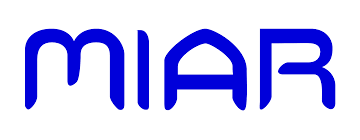Submissions
Submission Preparation Checklist
As part of the submission process, authors are required to check off their submission's compliance with all of the following items, and submissions may be returned to authors that do not adhere to these guidelines.- The submission has not been previously published or submitted for consideration by any other journal (or an explanation has been provided in the Comments to the Editor).
- The submission file is in OpenOffice, Microsoft Word, RTF or WordPerfect format.
- Whenever possible, DOIs and/or URLs are provided for references.
- The text has single spacing; 12 point font size; italics are used instead of underlining (except in URLs); and all illustrations, figures, and tables are placed in the appropriate places in the text, rather than at the end.
- The text adheres to the stylistic and bibliographic requirements summarized in the Author Guidelines, which appear in Journal.
Copyright Notice
Copyright remains with the author under the CC BY license, the magazine is a publishing platform.
The articles are the exclusive responsibility of the authors and their contents must be considered within the editorial line of the journal. Any claim for improper use of works or texts is the exclusive responsibility of the authors.
Privacy Statement
The names and email addresses entered in this journal site will be used exclusively for the stated purposes of this journal and will not be made available for any other purpose or to any other party.








